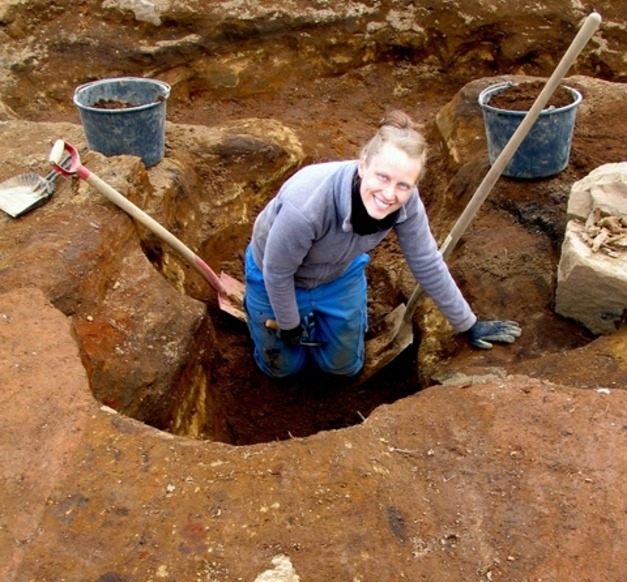There were woods from the mountains to the shore at that time according to Ari the Wise, Iceland's most prominent medieval chronicler, referring to the country when it was first settled by Nordic people. If there were extensive woods in Iceland in these early days, they have disappeared for the most part. Some of the wood must have been used in carpentry, e.g. to build coffins and churches shortly after the adoption of Christianity, according to Lísabet Guðmundsdóttir’s master study in archaeology. Wood has been one of the main building materials for thousands of years, and Guðmundsdóttir uses timber residues to evaluate the origin of building material in Iceland for two centuries from the year 1000.
“My research focused on analysing timber residues from churches and coffins from the 11th and the 12th century. Five ancient church sites were examined: Hrísbrú in Mosfellsdalur, Stóra-Seyla in Langholt, Skagafjörður, Keldudalur in Hegranes, Neðri-Ás in Hjaltadalur and Þórarinsstaðir by Seyðisfjörður. All these places have in common that wooden churches were built there and people buried in wooden coffins shortly after the adoption of Christianity in Iceland,” says Guðmundsdóttir.
The results of Guðmundsdóttir’s timber analysis showed that the churches in these places were made of driftwood as well as Icelandic birch.
“The wood combination in the coffins was a little more varied than the churches and traces of imported wood was found, but only in two places,” says Guðmundsdóttir.
It is written in Mediaeval manuscripts that farmers and chieftains acquired wood from various places abroad, e.g. Norway, England and the Hebrides. “The timber analysis showed, however, that church farmers acquired wood in Iceland. This does not necessarily mean that what is written in the Medieval manuscripts is wrong, rather that import was the exception,” says Guðmundsdóttir.
Around and after the year 100 churches were built in many places in Iceland according to Guðmundsdóttir, almost on every second or third farm. “A study as this one sheds light on the usage of wood by church farmers and what material was available to them. There are indications that lack of timber was not a problem, that they did not have to rely in import and that the girth of the birch was sufficient for construction.”
Supervisor: Orri Vésteinsson, Professor at the Faculty of History and Philosophy.



